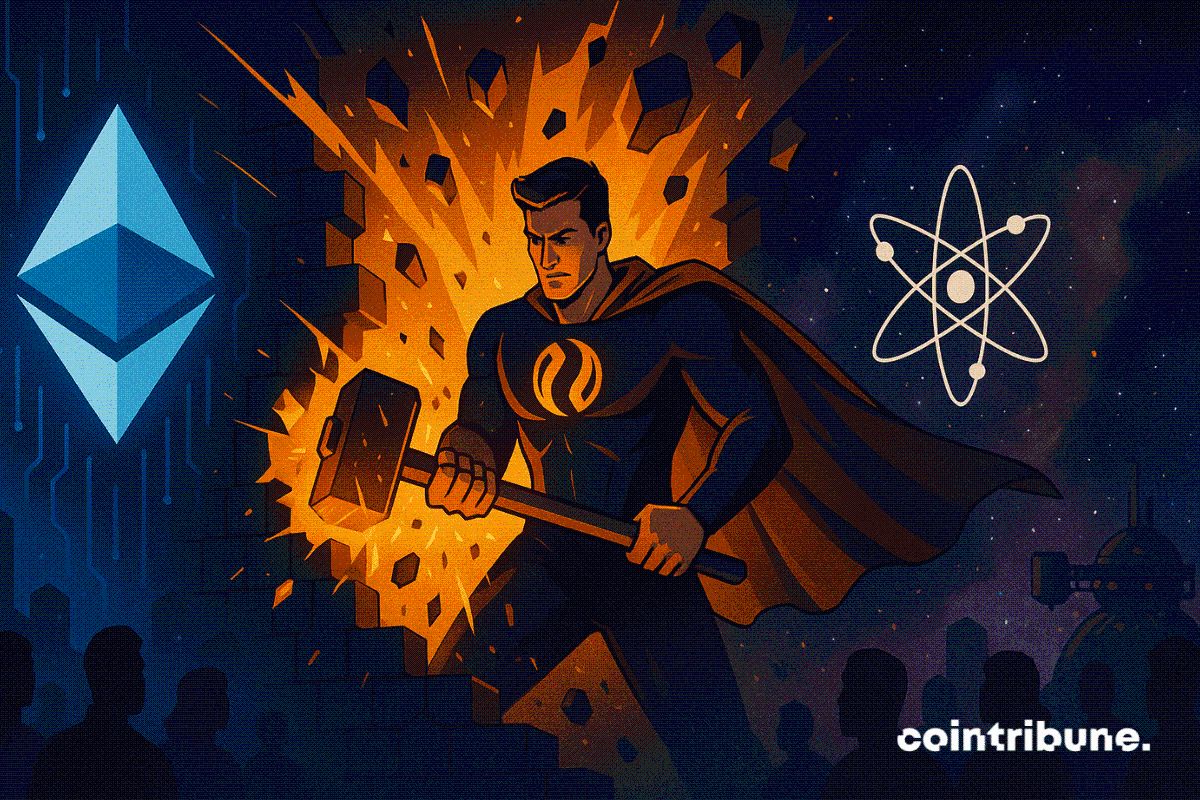Circle’s EU Policy Chief Patrick Hansen Busts AMLR 2027 FUD
Circle’s Patrick Hansen dismissed fears that the EU’s upcoming Anti-Money Laundering Regulation (AMLR) will outlaw self-custody wallets or peer-to-peer crypto transfers.
Patrick Hansen, Director of EU Strategy and Policy at Circle, has once again pushed back against claims that Europe’s new Anti-Money Laundering Regulation (AMLR) will “ban” self-custody wallets or peer-to-peer crypto transactions.
It comes just over a week after the Circle executive warned that Dual MiCA–PSD2 licensing could double compliance costs for EU stablecoin firms.
No, the EU Isn’t Killing Self-Custody: Patrick Hansen Busts AMLR 2027 FUD
In a post on X (Twitter), Hansen called out misinformation circulating among major cryptocurrency accounts.
“Again, a bunch of big crypto accounts are claiming upcoming AML rules will ban self-custody or anonymous crypto & Bitcoin transactions in the EU. That’s wrong,” he articulated.
His comments come as debate intensifies ahead of the AMLR’s expected implementation around summer 2027.
The comprehensive framework is designed to combat money laundering and terrorist financing across the European Union.
What the AMLR Actually Does—and Doesn’t Do
Contrary to social media panic, Hansen clarified that the AMLR’s obligations apply only to crypto-asset service providers (CASPs). These include exchanges, brokers, and custodial wallets, not individuals using self-custody solutions.
Key takeaways include:
- No ban on self-custody or P2P transactions. The regulation does not restrict peer-to-peer transfers or the use of private wallets.
- Hardware/software wallets excluded. Providers like Ledger and MetaMask remain outside the AMLR’s compliance scope.
- Standard KYC for CASPs. Exchanges will continue to follow existing AML rules established under AMLD5 and MiCA.
- €10,000 cash limit. The regulation caps physical cash payments, though member states can adopt stricter thresholds.
In other words, AMLR reinforces existing practices rather than introducing sweeping new bans.
“The impact on self-custody wallets and CASPs is very limited, almost zero,” Hansen explained in an earlier thread.
From FUD to Facts: Advocacy Softened Earlier Proposals
The final AMLR text marks a win for crypto advocacy groups. Early drafts proposed severe restrictions, including €1,000 limits on self-custody payments and extending AML obligations to DAOs, DeFi projects, and NFT platforms.
Those measures were ultimately removed after extensive industry engagement. Hansen credited “education and advocacy efforts” for ensuring a balanced outcome that preserves Europe’s innovation potential while maintaining regulatory safeguards.
For European crypto users, the distinction is critical. The AMLR focuses on intermediaries, not individuals managing their own crypto assets.
This means investors can continue using self-custody wallets freely, while exchanges face clearer compliance expectations aligned with MiCA and the FATF travel rule. Still, Hansen cautioned that misinformation can distort public debate.
“Crypto Twitter and even some media continue to misread EU policy. It’s vital to stick to the facts,” he noted.
What’s Next: Implementation and Stablecoin Tensions
The AMLR awaits final approval in the European Parliament before taking effect in 2027. Meanwhile, Hansen has warned of another looming issue: regulatory overlap between MiCA and PSD2 rules.
According to Circle’s EU policy director, this could “double compliance costs” for euro stablecoin issuers by 2026. Hansen called this a potential “regulatory own goal” for the EU.
With MiCA already reshaping the region’s crypto market, Hansen’s clarification highlights that not all regulation spells restriction. It also suggests that sometimes, good advocacy keeps innovation alive.
Disclaimer: The content of this article solely reflects the author's opinion and does not represent the platform in any capacity. This article is not intended to serve as a reference for making investment decisions.
You may also like
Bitcoin: British Justice Sentences the "Goddess of Wealth" to 11 Years and 8 Months in Prison

Brazil Introduces Banking-Level Oversight for Crypto and Stablecoin Operations

AI Industry's $50 Billion Infrastructure Boom Raises Questions: Progress or Speculation?
- Anthropic invests $50B in U.S. AI infrastructure, creating 3,200 jobs via Texas/New York facilities with Fluidstack. - AI giants like Meta ($600B) and Dominion ($50B) drive sector-wide data center expansion, intensifying energy demand. - Projects face sustainability concerns and regulatory scrutiny over power consumption, with utilities poised to benefit. - Anthropic emphasizes multivendor strategies with AWS/Google Cloud to balance costs amid rising infrastructure competition. - Industry debates $50B+ A
Solana News Update: Figure's $YLDS: Connecting Wall Street and DeFi Through Regulatory-Compliant Yields
- Figure launches $YLDS, a SEC-registered Solana-based stablecoin backed by U.S. Treasuries and repo agreements. - The token bridges traditional finance and DeFi by offering yield-generating, dollar-pegged assets on-chain via Exponent Finance. - $YLDS supports cross-border payments and liquidity provision while complying with U.S. regulations, enhancing Solana's institutional DeFi appeal. - Figure's initiative aligns with Solana's $1B+ RWA market growth, expanding fiat on/off ramps and tokenized asset inte

